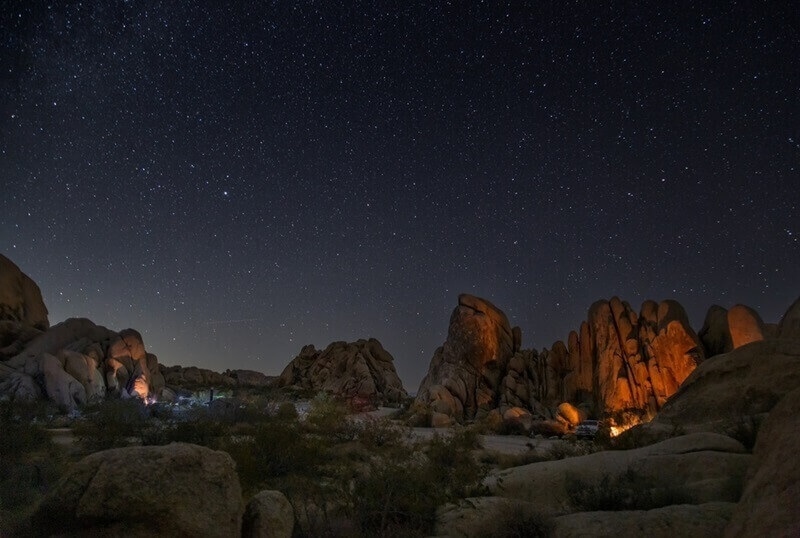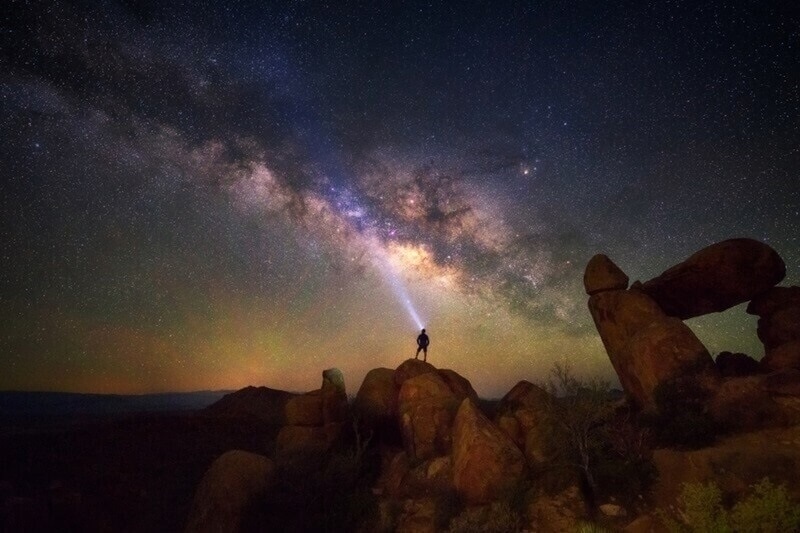
If seeing the Milky Way has been sitting on your bucket list for years, 2025 might just be the year to check it off. With stargazing surging in popularity and light pollution only getting worse, your best shot at catching the galaxy’s brilliance is at one of the certified dark sky parks in USA.
These parks are designated by the International Dark-Sky Association (IDA) for their outstanding starry skies and minimal light pollution. The good news? The U.S. is home to some of the best dark sky parks in the world, and this list brings together top spots in Michigan, Pennsylvania, Florida, Ohio, and beyond.
Let’s break down where to head, what to expect, and why you shouldn’t wait.
If you’ve never seen the Milky Way stretch across the sky, you're missing out on one of Earth’s last natural wonders. But city glow and suburban lighting have erased this view for over 80% of Americans. That’s where dark sky parks step in.
These protected areas offer pristine night skies, often far from urban centers. They're your best bet for viewing meteor showers, planets, constellations, and of course, the glowing band of our galaxy.
2025 will be an especially good year for stargazing thanks to favorable moon phases during major celestial events and increased public access to remote parks.
You may also like: The Weirdest Stars in the Universe and Their Secrets

Let’s get to the stars. Here are the top dark sky parks in USA where the Milky Way will be clearly visible in 2025.
This park has some of the darkest skies in North America. Located far from major cities, Big Bend gives you an unfiltered view of the Milky Way. Visit between March and October for the best visibility.
Nighttime programs here include telescope viewings and ranger-led astronomy talks. The dry desert air makes it ideal for photography too.
This is one of the most famous dark sky parks in USA. If you're based in the Northeast, Cherry Springs is your go-to.
As a designated Gold Level International Dark Sky Park, Cherry Springs offers wide-open viewing areas, astronomy programs, and a campground that’s tailored for night sky lovers. This Pennsylvania dark sky park fills up fast, so book early.
Let’s talk Michigan dark sky parks—and Headlands leads the pack.
Situated on the shores of Lake Michigan, this park gives you water reflections with your starlight. It’s open 24/7 year-round, and summer months are peak Milky Way season. Bonus: No admission fees.
Nearby towns offer cozy lodging, and the annual Perseid meteor shower draws thousands.
In the heart of the Okefenokee Swamp, this park delivers hauntingly beautiful nightscapes. Alligators may be nearby, but so are dazzling stars. Bring bug spray—and a sense of adventure.
If you’re scouting for a legit dark sky park Florida has to offer, this one’s it.
Just 100 miles south of Orlando, Kissimmee Prairie is one of the few places in the Sunshine State where you can view the Milky Way with zero urban interference. It’s especially great for astrophotographers thanks to its flat horizon lines.
Camping is available, but sites are limited. Book early, especially around new moons.
This dark sky park Ohio locals swear by is located in Hocking Hills State Park. Named after astronaut John Glenn, it offers a dedicated viewing structure, telescope pads, and guided astronomy events.
Stargazers love this spot for its accessibility and family-friendly vibe. You’ll get great views during the summer and fall months.
While the parks above are the front-runners, there are plenty more gems across the country.
This park is remote, high-altitude, and low-light—basically stargazing perfection. Their annual Astronomy Festival is one of the best in the country.
Utah is dark sky heaven. Capitol Reef, in particular, offers stunning red rock formations under even more stunning skies. It’s less crowded than Bryce or Zion, which means quieter nights with just you and the stars.
Despite its name, Death Valley comes alive at night. With vast open space and low humidity, it’s ideal for Milky Way viewing. Just avoid the summer heat.
Stargazing isn’t complicated, but a few tips go a long way:
The Milky Way’s core (the most photogenic part) is best seen from March to October in the Northern Hemisphere. Here’s a breakdown:
New moon weekends during these months will give you peak visibility.
Explore More: What Is a Nebula and How Does It Form in Space?
With the right timing and the right location, 2025 could be your most unforgettable year for stargazing. From Michigan dark sky parks along the Great Lakes to remote desert spots in Texas and Utah, the options are wide open.
Just remember: the darker the sky, the brighter the stars. So pack your gear, plan ahead, and let the Milky Way do the rest. Whether you're chasing stars in a Pennsylvania dark sky park or kicking back at a dark sky park Florida has tucked away, you're in for a cosmic show you won't forget.
Now, go claim your spot under the galaxy.
This content was created by AI